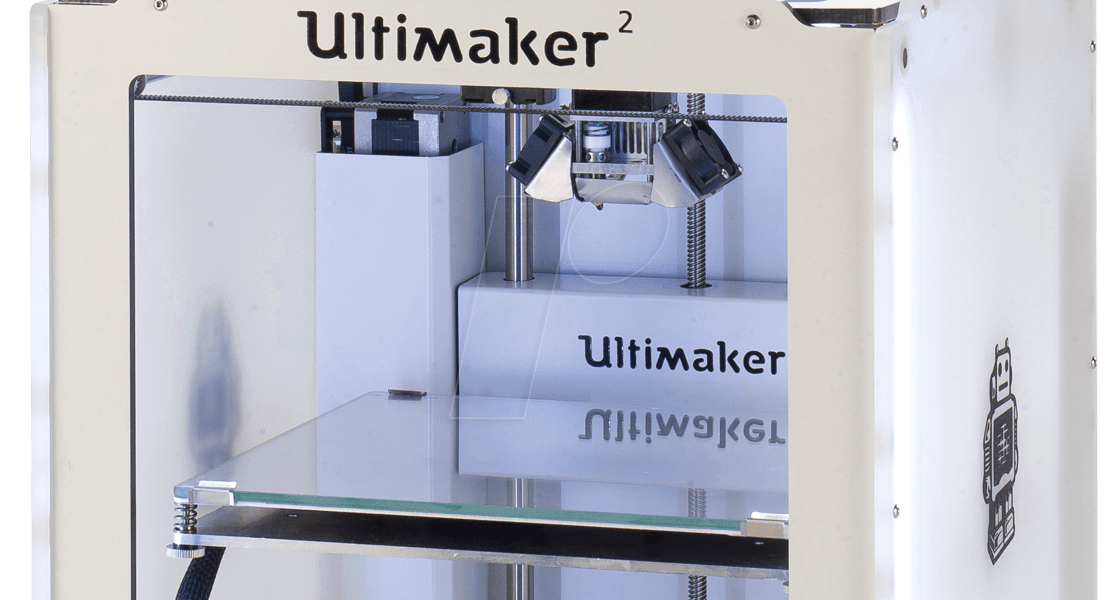This is the first Ultimaker to make it into the MoJee3D collection and it’s an old one. However, is this printer still worth having in 2023?
If you’ve ever dabbled in 3D printing, you’ve likely heard of Ultimaker. Founded in 2011, Ultimaker made waves with its “working 3D printer” that consumers could purchase and assemble as a DIY kit. The Ultimaker Original, as it was known, won MAKE Magazine’s Fastest and Most Accurate 3D Printer award just a year after its release.
While the Ultimaker Original was a fantastic machine made of laser-cut wood panels and technical components, it was also clunky and challenging to maintain. As newer versions like the Original+, 2, 2 GO, 2 Extended, 2+, 3, and the latest S7 came out, Ultimaker continued to evolve its technology.
As someone who has been involved in 3D printing for a long time, I’d used nearly every Ultimaker model but never owned one. That’s because they were too expensive for what they were. They were machines for people who had money or for universities who used them to attract young adults. After all, they were and still are expensive. If you go to the Ultimaker site, you’ll see a button that says, “Request a quote.” Isn’t that similar to the overpriced car on the dealership’s website that says, “Call for Price?”
However, when I had the opportunity to buy a well-used, not currently functioning Ultimaker 2, I jumped at the chance. This printer was probably from a university and had been mistreated and partially disassembled. As someone who loves 3D printing and has an affinity for its history, I was thrilled to bring this printer back to life and finally own one.
During the initial phase of figuring out what was needed to revive the printer, I quickly discovered that parts for the machine were as expensive and difficult to obtain as the printer itself. Luckily, my local makerspace had one in a similar condition that I could scavenge parts from. Even with two printers, I still had to source parts from the bowels of the internet to make one working machine.
Once assembled and functioning as a stock Ultimaker 2, I realized that this printer was good but not great. Ultimaker’s marketing touted the machine as being “easy and seamless,” but it was anything but. The firmware is strange, but it includes all the features you would want in an easy-to-use printer. One of those features is automatic filament changes, which should be simple, but the machine loads the 3mm filament at near-breakneck speeds before jamming it into the hot end. This wouldn’t be an issue if the extruder wasn’t problematic. The Bowden-style extruder uses a strange single spur gear to load the filament, which is not an ideal setup even without the light-speed filament loading. The result is a mess in the extruder and 3mm filament that is so gouged, it jams in the hot end.
To fix this issue, I purchased and installed a Bondtech extruder for around $100. That’s right: If you had purchased a new Ultimaker 2 back in the day, you would have had to pay around $1800 and then pay another $100 for a good extruder to get the machine to print consistently.
But even with the Bondtech extruder, the printer does not print consistently. Almost every other $200 printer available is just as good. And let’s not forget about the terrible glass bed. If you want to print consistently, you should get a magnetic, flexible PEI sheet.
So, if you pay $1800 + $100 (Bondtech extruder) + $50 (Printed Solid PEI bed) = $1950, you get a solid printer that prints consistently well. Do you know what else prints consistently well, a $259 Sovol SV06 or hell, a $1000 Prusa MK3S+ while saving money.
With all of that said, I will step down from my soapbox and confess that I am still glad to own an Ultimaker 2 if not just for the nostalgia and historical significance. And I am sure that the Ultimaker S7 is a wonderful 3D Printer…for a measly $8,000!


